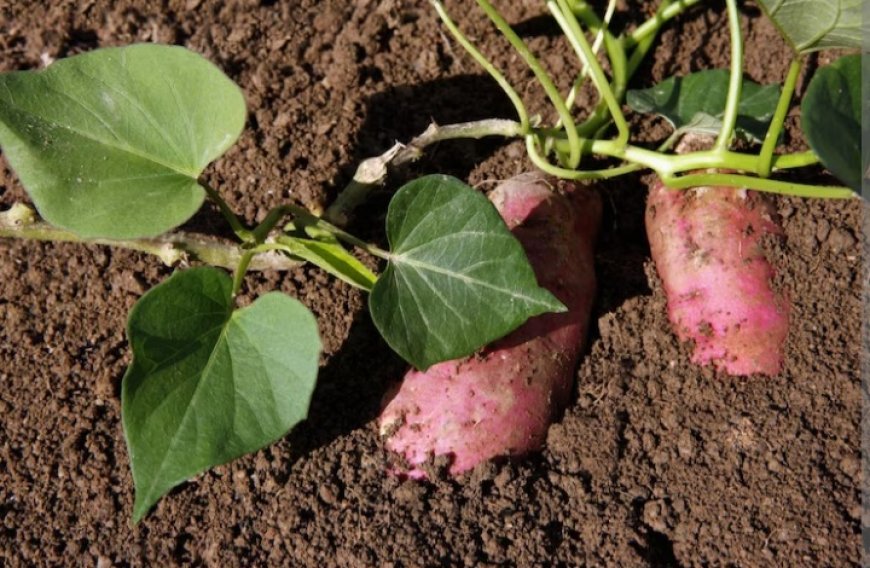Embracing Drought-Resistant Crops as a Sustainable Solution

By Euphemia Achieng, Rongo University
In the heart of Africa, Kenya grapples with a formidable adversary: drought. As climate change continues to intensify, the frequency and severity of droughts have escalated, leaving a trail of devastation in their wake. One of the most significant repercussions is the acute threat to food security.
To address this pressing issue, it is imperative for Kenya to invest in the development of drought-resistant crops as a strategic measure to mitigate the impact of water scarcity on agriculture.
Kenya, like many other countries in the region, heavily relies on agriculture as the backbone of its economy. The majority of its population is directly or indirectly dependent on farming for sustenance.
However, erratic rainfall patterns and prolonged droughts have become recurrent, jeopardizing crop yields and endangering the livelihoods of millions. To break free from this cycle of vulnerability, Kenya must prioritize the cultivation of crops that can withstand water scarcity.
Developing drought-resistant crops involves leveraging biotechnology and advanced breeding techniques to enhance the natural resilience of plants.
These crops have the potential to endure prolonged dry spells, making them a beacon of hope for farmers in water-scarce regions.
By investing in research and development, Kenya can unlock the doors to a more sustainable and secure agricultural future.
One of the key advantages of drought-resistant crops is their ability to thrive in conditions that would typically decimate traditional varieties.
These crops are equipped with mechanisms such as deep root systems, efficient water-use efficiency, and improved stress tolerance, enabling them to weather the harsh impacts of water scarcity.

Embracing such crops would not only shield farmers from the adverse effects of climate change but also contribute significantly to overall food production.
Moreover, the introduction of drought-resistant crops aligns with Kenya's commitment to achieving food security outlined in the Big Four Agenda.
By incorporating these resilient varieties into the agricultural landscape, the nation can mitigate the risk of crop failures, stabilize food prices, and enhance the overall well-being of its citizens. It is a proactive step towards building a robust and sustainable food supply chain.
Critics may argue that the development and adoption of genetically modified organisms (GMOs) may pose risks to the environment and human health.
However, stringent regulatory frameworks and thorough scientific assessments can mitigate these concerns. The potential benefits of drought-resistant crops far outweigh the perceived risks, offering a pragmatic solution to the imminent food crisis.
In conclusion, Kenya stands at a crossroads, confronted by the urgent need to address the looming food shortage exacerbated by recurrent droughts.
Embracing the development and cultivation of drought-resistant crops is not merely an option but a necessity. By investing in biotechnology, advanced breeding, and sustainable agricultural practices, Kenya can chart a course towards a more resilient and food-secure future. The time to act is now, for the sake of the nation's prosperity and the well-being of its people.







